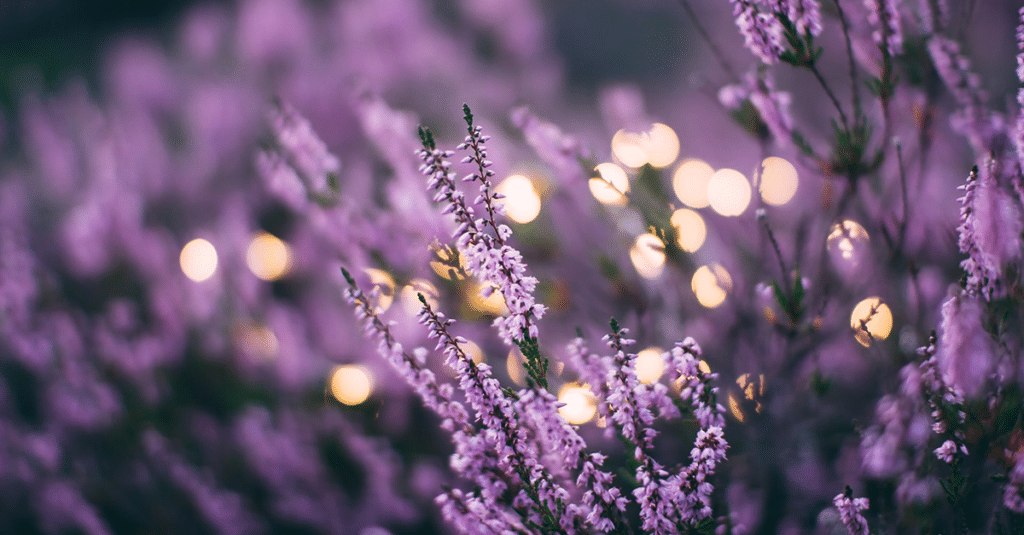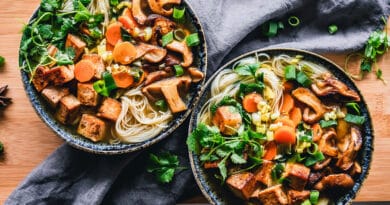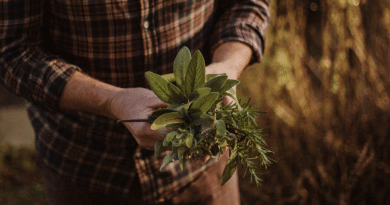The Beauty of Edible Flowers: Adding Colour and Nutrients to Your Diet
Edible flowers have been a part of culinary traditions across cultures for centuries.
These vibrant blossoms not only add a visually appealing touch to dishes but also offer a unique blend of flavours and aromas. These are flowers that are safe for human consumption, providing both aesthetic and nutritional value to meals.
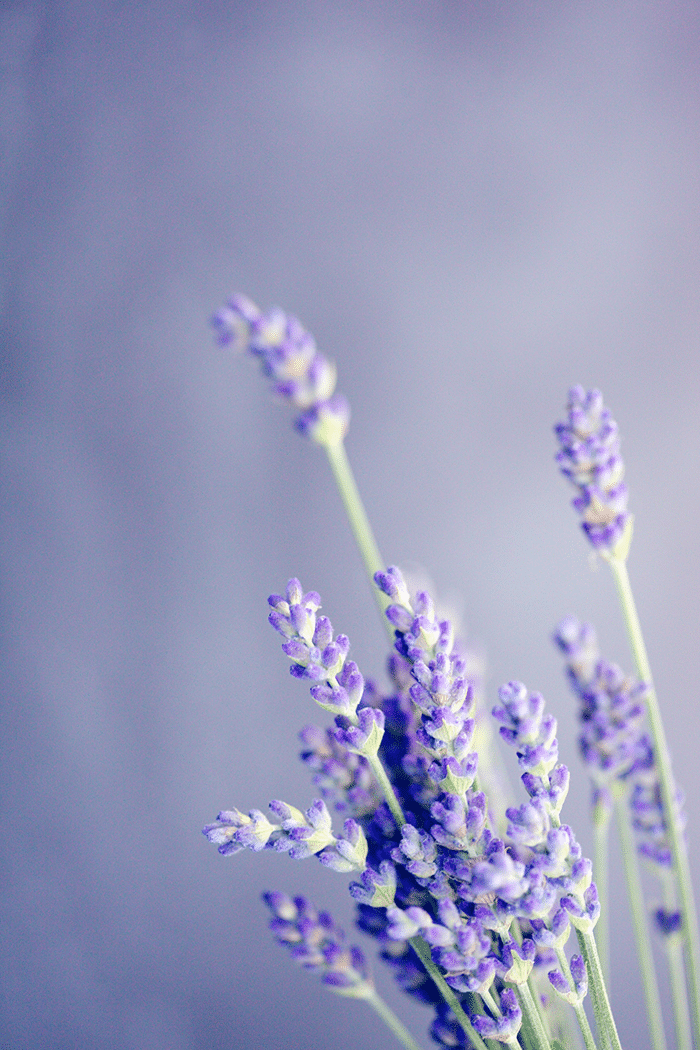
The growing popularity of incorporating edible flowers into diets
In recent years, there has been a significant surge in the popularity of incorporating flowers into diets.
As people become more health-conscious and seek innovative ways to enhance their culinary experiences, flowers have emerged as a delightful addition to various dishes. From gourmet restaurants to home kitchens, the trend of using edible flowers as a creative and nutritious ingredient has gained momentum.
The diverse range of colours, textures, and flavours offered by flowers makes them an ideal choice for adding a touch of elegance and uniqueness to meals.
Additionally, the growing interest in organic and sustainable food practices has further contributed to the increased consumption of edible flowers, as they often come from pesticide-free and environmentally friendly sources.
By incorporating flowers into our diets, we not only introduce a burst of colour and beauty but also benefit from the array of nutrients and antioxidants they offer.
- The growing popularity of incorporating edible flowers into diets
- The Health Benefits of Edible Flowers
- Popular Edible Flowers
- Roses
- Marigolds
- Lavender
- Nasturtiums
- Violets
- Pansies
- Calendula
- Culinary Uses of Edible Flowers
- Safety Considerations when Using Edible Flowers
- How to Grow Edible Flowers at Home
- Precautions and Guidelines for Consumption
- Conclusion
- Learn More
From salads to desserts, infusions to beverages, flowers provide endless possibilities for culinary exploration.
In the following sections, we will delve deeper into the health benefits, popular edible flowers, culinary uses, safety considerations, and cultivation methods to help you embrace the beauty of edible flowers and elevate your dining experiences.
The Health Benefits of Edible Flowers
Edible flowers are not only visually appealing but also offer a range of nutritional benefits. They are often rich in vitamins, minerals, and dietary fibre, making them a valuable addition to a balanced diet.
Different varieties of flowers may provide varying levels of nutrients, but many are known to be good sources of vitamin C, vitamin A, and certain B vitamins.
Additionally, they can contribute essential minerals such as potassium, calcium, and magnesium.
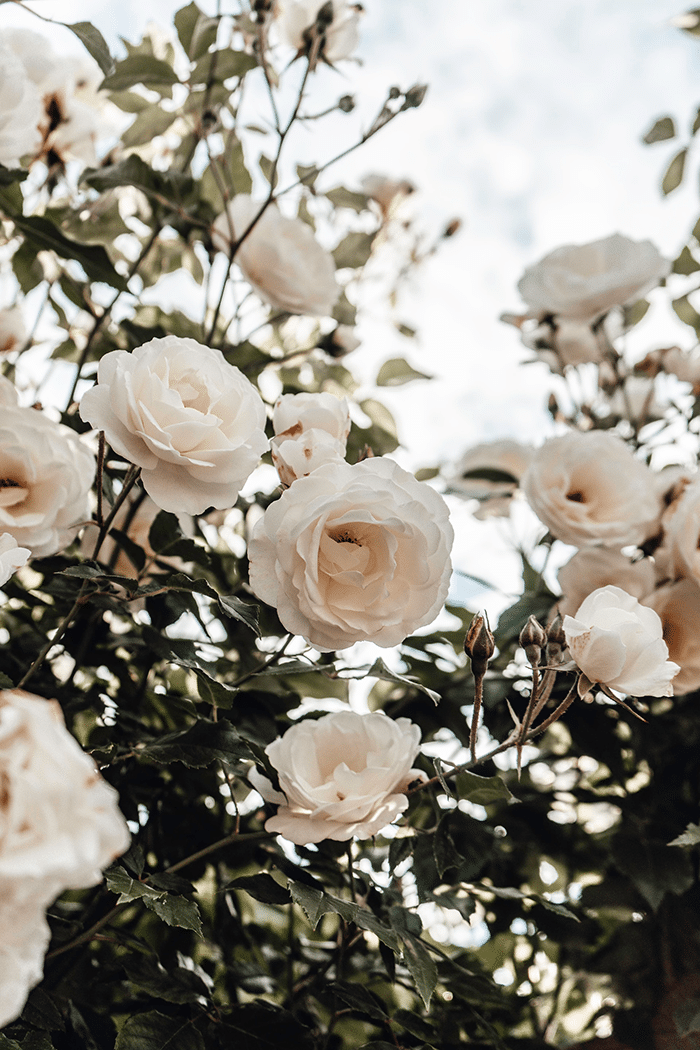
Rich sources of antioxidants
Antioxidants play a crucial role in protecting our cells from damage caused by harmful molecules called free radicals.
Flowers are known to be rich sources of antioxidants, which help reduce oxidative stress and promote overall well-being. The vibrant pigments found in many edible flowers, such as anthocyanins and carotenoids, are powerful antioxidants that contribute to their health benefits.
Potential medicinal properties
Beyond their nutritional value, some flowers have been traditionally used for their potential medicinal properties.
For example, certain flowers like chamomile and lavender are known for their calming and soothing effects, making them popular choices for herbal teas and relaxation remedies. Calendula flowers are often used topically for their anti-inflammatory and wound-healing properties.
Enhancing the diversity of nutrients in the diet
Incorporating flowers into your diet can help diversify the range of nutrients you consume. By adding these colourful blossoms to your meals, you introduce a variety of vitamins, minerals, and bioactive compounds that may not be as abundant in other foods.
This diversity of nutrients is important for overall health and can contribute to a well-rounded and balanced diet.
Embracing flowers in your culinary adventures not only adds beauty and flavour to your dishes but also offers a range of potential health benefits.
From their nutritional value and antioxidant content to their possible medicinal properties, edible flowers provide a unique opportunity to enhance your well-being while indulging in aesthetically pleasing and delicious meals.
Popular Edible Flowers
When it comes to edible flowers, there is a wide range of options to choose from. Each variety offers its own distinct flavours, aromas, and culinary uses. Here are some popular edible flowers that can add colour, fragrance, and unique flavours to your dishes:
Roses
Roses are not only admired for their beauty but also for their delicate floral flavours.
The petals of roses, particularly the fragrant varieties, can be used to infuse desserts, jams, and syrups with a subtle floral essence. They can also be used as an elegant garnish for salads or added to herbal teas for a soothing and aromatic experience.
Marigolds
Marigolds are vibrant and cheerful flowers that are widely recognized for their culinary uses.
Both the petals and the leaves of marigolds are edible and have a slightly tangy and peppery flavour. They can be added to salads, rice dishes, and soups, providing a burst of colour and a hint of spiciness.
Lavender
Lavender is renowned for its calming and aromatic qualities, but it also serves as a delightful edible flower. The flowers of lavender can be used to infuse desserts, beverages, and even savoury dishes with a subtle floral and herbal flavour.
They can also be dried and incorporated into herbal teas or used as a decorative touch in baked goods.
Nasturtiums
Nasturtiums are vibrant flowers that come in a range of colours, from fiery oranges to sunny yellows. Both the flowers and leaves of nasturtiums are edible and have a slightly peppery and spicy taste.
They can be added to salads, sandwiches, and stir-fries to provide a peppery kick and a pop of colour.
Violets
Violets are delicate flowers with a mild, sweet flavour that is reminiscent of their delightful aroma. They can be used to decorate cakes, pastries, and desserts or added to salads for a touch of elegance.
Violets can also be crystallized or used to make floral syrups for drizzling over pancakes or waffles.
Pansies
Pansies are known for their vibrant colours and distinctive “faces.” These charming flowers have a slightly minty and grassy flavour, making them a delightful addition to salads, desserts, and drinks.
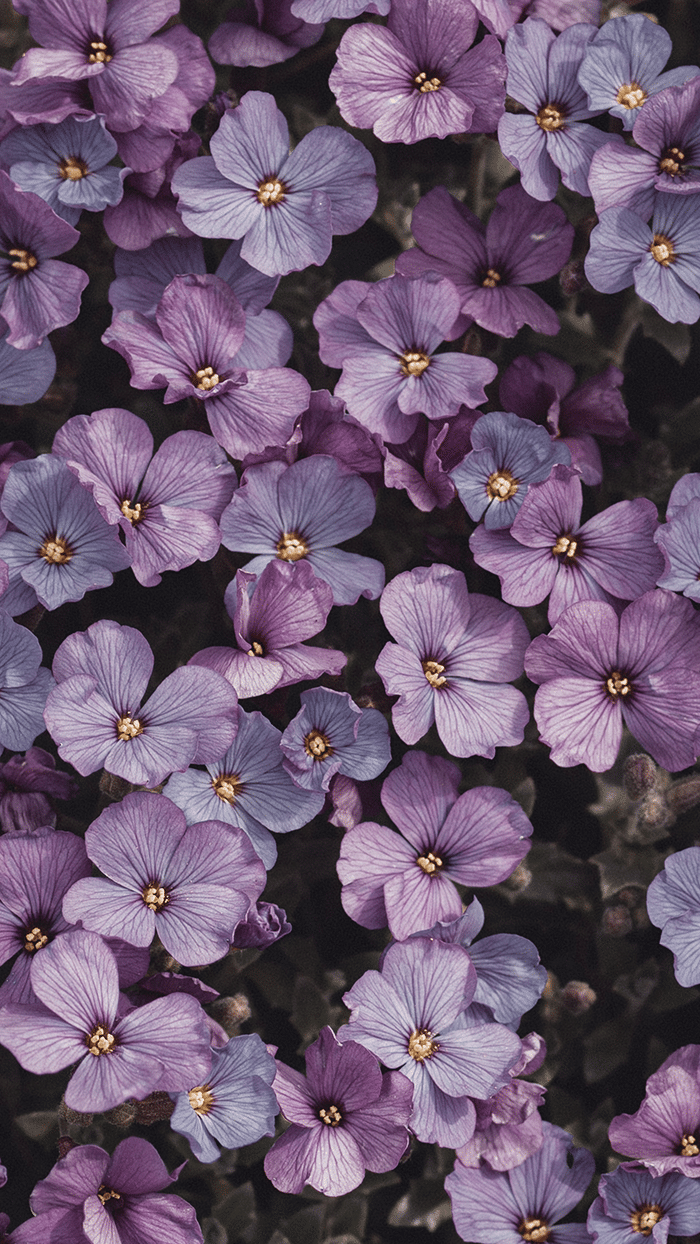
Pansies can be used as decorative elements in cocktails or frozen into ice cubes for an eye-catching touch.
Calendula
Calendula, also known as pot marigold, has beautiful golden-orange petals that can be used both fresh and dried. They have a slightly spicy and tangy flavour, adding a unique twist to salads, soups, and stews. Calendula petals can also be used to make infused oils and herbal remedies due to their potential medicinal properties.
These are just a few examples of popular edible flowers, but there are many more varieties to explore and experiment with. Remember to always use flowers that are specifically labelled as edible and grown without the use of pesticides or chemicals.
Enjoy the culinary adventure of incorporating these beautiful blossoms into your meals and experience the delightful flavours they bring.
Culinary Uses of Edible Flowers
Flowers offer a plethora of creative possibilities in the culinary world. Their vibrant colours, delicate flavours, and enticing aromas make them versatile ingredients that can elevate a variety of dishes and beverages.
Here are some popular culinary uses of edible flowers:
Salads and garnishes
Edible flowers make excellent additions to salads, both as ingredients and as visually appealing garnishes.
Their vibrant colours and delicate textures can brighten up a simple green salad or fruit salad, adding a touch of elegance. Flowers like nasturtiums, pansies, and marigolds can be tossed into salads, while smaller flowers like violets and borage can be used as decorative accents.
Infusing oils, vinegars, and syrups
The flavours and aromas of edible flowers can be captured by infusing them into oils, vinegars, and syrups.
For example, lavender or rose petals can be steeped in oil to create floral-infused oils that add a subtle fragrance to dressings or drizzles.
Similarly, floral vinegars can be made by combining edible flowers with vinegar, infusing it with a unique flavour profile. Edible flower syrups can be crafted by simmering petals with sugar and water, resulting in a delightful addition to beverages, cocktails, or desserts.
Baking and desserts
Flowers can bring a touch of elegance and visual appeal to baked goods and desserts.
Delicate flower petals, such as rose, violet, or chamomile, can be candied and used as toppings for cakes, cupcakes, and pastries.
They can also be incorporated into batters or doughs to infuse desserts with subtle floral flavours. Flowers like lavender, hibiscus, or elderflower can be used to add floral notes to ice creams, custards, and puddings.
Herbal teas and beverages
Flowers are often used to create aromatic and soothing herbal teas.
Flowers like chamomile, lavender, and hibiscus can be steeped in hot water to produce fragrant teas with calming properties. Additionally, edible flowers can be used to enhance the visual appeal and flavour of cold beverages like lemonades, mocktails, or infused waters.
Floating flowers like pansies or rose petals in ice cubes can add a beautiful touch to any drink.
Creative cocktails
Edible flowers can take centre stage in creative and visually stunning cocktails.
Whether as a garnish or a key ingredient, flowers can add elegance, flavour, and a touch of whimsy to mixed drinks.
They can be muddled to release their fragrant oils, infused into syrups or spirits, or used as a decorative element. Flowers like elderflower, violets, and lavender are commonly used in floral-inspired cocktails, providing a delightful sensory experience.
When using flowers in culinary preparations, it is important to ensure they are safe for consumption, free from pesticides, and suitable for the specific dish or beverage.
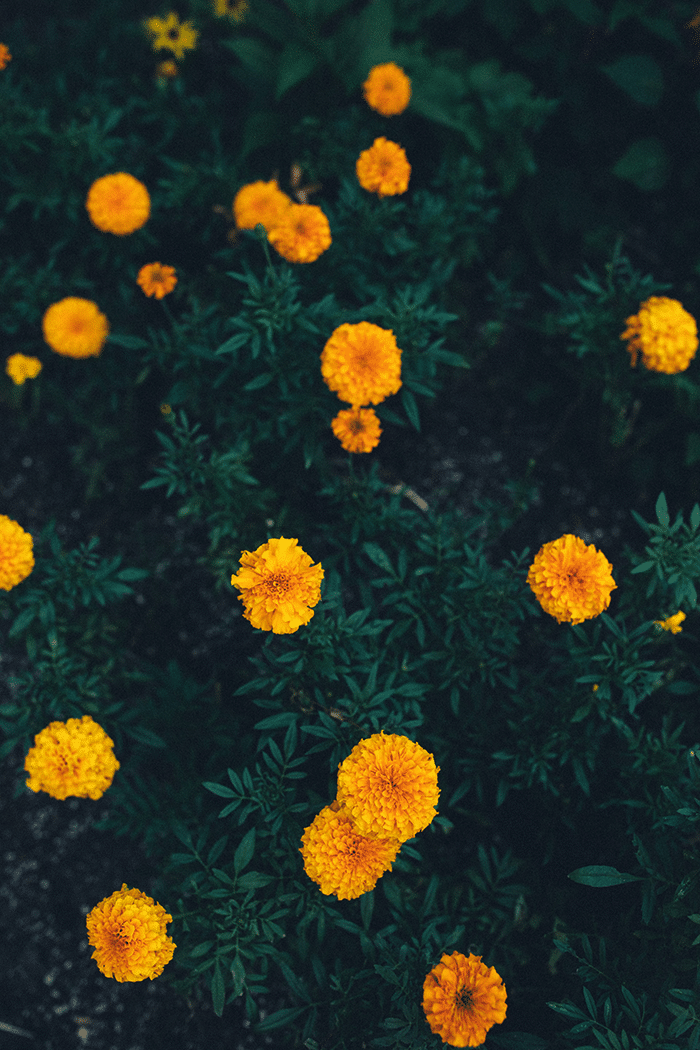
With their versatility and natural beauty, edible flowers offer endless opportunities for creativity in the kitchen, allowing you to impress your guests and indulge in an aesthetically pleasing culinary experience.
Safety Considerations when Using Edible Flowers
While edible flowers can add beauty and flavour to your dishes, it’s important to exercise caution and consider certain safety factors when incorporating them into your diet. Here are some key considerations to keep in mind:
Identification and sourcing
Proper identification of edible flowers is crucial to ensure their safety. Not all flowers are suitable for consumption, and some may even be toxic.
It’s important to educate yourself and accurately identify the flowers you plan to use. Reliable sources such as reputable nurseries, farmers markets, or knowledgeable experts can provide guidance on safe and edible flower varieties.
Organic and pesticide-free options
When using edible flowers, it is advisable to choose organic and pesticide-free options. Flowers that have been sprayed with pesticides or other chemicals may pose health risks if consumed. Organic flowers, or those specifically labelled as edible, are a safer choice as they are grown without the use of harmful substances.
Allergies and sensitivities
Like any food, edible flowers can trigger allergic reactions or sensitivities in some individuals. If you have known allergies to pollen or specific plants, exercise caution when trying new flowers.
It is recommended to start with a small amount and monitor your body’s response. If you experience any adverse reactions such as itching, swelling, or difficulty breathing, discontinue consumption and seek medical attention.
Introducing flowers gradually into the diet
If you are new to consuming edible flowers, it’s best to introduce them gradually into your diet.
This allows your body to adapt and ensures you can tolerate them well. Start with small amounts and observe how your body reacts before incorporating larger quantities or trying new varieties.
Additionally, it’s a good practice to consume a variety of edible flowers in moderation to maintain a balanced and diverse diet.
By being mindful of these safety considerations, you can enjoy the beauty and flavours of edible flowers without compromising your well-being.
Remember to exercise caution, seek reputable sources, and listen to your body’s response when incorporating edible flowers into your culinary adventures.
How to Grow Edible Flowers at Home
Growing edible flowers at home can be a rewarding and sustainable way to incorporate these beautiful blooms into your culinary endeavours. Here are some steps to help you successfully cultivate edible flowers:
Selecting the right flowers for cultivation
When choosing edible flowers to grow at home, consider factors such as your climate, available space, and personal preferences.
Some popular edible flower options that are relatively easy to grow include marigolds, nasturtiums, pansies, and calendula. Research the specific growing requirements of the flowers you select to ensure they are suitable for your environment.
Preparing the soil and planting
Prepare the soil by removing any weeds, rocks, or debris. Edible flowers generally prefer well-draining soil that is rich in organic matter.
Consider adding compost or aged manure to improve the soil’s fertility. Follow the planting instructions specific to each flower variety, such as seed depth and spacing.
Some flowers can be directly sown outdoors, while others may require starting seeds indoors and transplanting seedlings later.
Watering, sunlight, and temperature requirements
Provide your edible flowers with appropriate watering, sunlight, and temperature conditions for optimal growth.
Most edible flowers thrive in full sun, receiving at least 6-8 hours of direct sunlight per day.
Water the plants regularly, keeping the soil consistently moist but not waterlogged. Avoid overwatering, as this can lead to root rot. Be mindful of the temperature requirements specific to the flowers you are growing, as some may prefer cooler or warmer climates.
Harvesting and preserving techniques
Harvest your edible flowers at the right stage to ensure the best flavour and appearance. Each flower variety may have different harvesting guidelines, but a general rule of thumb is to pick the flowers when they are fully open and at their peak.
Use clean scissors or garden shears to snip the flowers, leaving a short stem attached. Harvest in the morning when the flowers are at their freshest.
To preserve your edible flowers, you have several options. You can store them in a plastic bag in the refrigerator for a few days. Alternatively, you can dry the flowers by hanging them upside down in a cool, dark, and well-ventilated area.
Once dried, store them in an airtight container away from direct sunlight. Another preservation method is to freeze the flowers by placing them in ice cubes or making floral ice cubes to use as decorative elements in beverages.

By following these steps and providing proper care, you can enjoy a bountiful harvest of homegrown edible flowers. Experiment with different flower varieties, and explore the joy of incorporating your own freshly grown blossoms into your culinary creations.
Precautions and Guidelines for Consumption
While edible flowers can be a delightful addition to your culinary creations, it is important to follow certain precautions and guidelines to ensure their safe consumption. Here are some key considerations to keep in mind:
Edible flower consumption in moderation
Like any food, it is advisable to consume edible flowers in moderation. While they offer unique flavours and potential health benefits, excessive consumption may lead to digestive discomfort or other adverse effects.
Incorporate edible flowers as part of a varied and balanced diet, alongside other nutritious foods.
Avoiding flowers with toxic properties
Not all flowers are safe to consume, and some may have toxic properties that can cause harm if ingested. It is crucial to accurately identify edible flower varieties and avoid using flowers from unknown or unreliable sources.
Consult reputable resources, such as books or trusted websites, for information on safe and edible flower options.
If uncertain, err on the side of caution and refrain from using flowers that have not been explicitly labelled as edible.
Consulting with a healthcare professional if needed
If you have specific health concerns, allergies, or sensitivities, it is advisable to consult with a healthcare professional before incorporating edible flowers into your diet.
They can provide personalized guidance based on your individual circumstances and help you make informed decisions regarding the consumption of edible flowers.
Remember that individual reactions to edible flowers may vary, and what is safe for one person may not be safe for another. If you experience any adverse reactions after consuming edible flowers, such as gastrointestinal discomfort, allergic symptoms, or other unexpected effects, discontinue consumption and seek medical advice if necessary.
By exercising caution and following these precautions and guidelines, you can safely enjoy the beauty, flavours, and potential health benefits of incorporating edible flowers into your meals. Embrace the culinary adventure they offer, but always prioritize your well-being and make informed choices regarding their consumption.
Conclusion
In conclusion, edible flowers offer a delightful combination of beauty, flavour, and nutritional benefits. They provide an opportunity to add vibrant colours, delicate aromas, and unique tastes to your culinary creations. Incorporating edible flowers into your diet not only enhances the visual appeal of your dishes but also introduces a variety of nutrients and potential health benefits.
Throughout this article, we have explored the nutritional value of edible flowers, their rich sources of antioxidants, and the potential medicinal properties they possess.
We have also discussed popular edible flower varieties such as roses, marigolds, lavender, nasturtiums, violets, pansies, and calendula, highlighting their distinct flavours and culinary uses.
Furthermore, we have provided guidelines for growing flowers at home, emphasizing the importance of proper identification, organic sourcing, and safe cultivation practices.
Additionally, we have outlined safety considerations for consuming edible flowers, including moderation, avoidance of toxic varieties, and consulting with healthcare professionals when necessary.
As we conclude, we encourage you to embrace the beauty and versatility of edible flowers by exploring and experimenting with their incorporation into your diets.
Whether it’s adding a sprinkle of petals to a salad, infusing oils with floral essences, or creating visually stunning desserts, let your imagination and taste buds guide you on a culinary adventure.
Remember to enjoy flowers in moderation, choose reputable sources, and prioritize your well-being.
With their captivating colours, delicate textures, and alluring flavours, edible flowers offer a unique and enchanting way to enhance your dining experience.
So, go ahead, discover the wonders of flowers, and embark on a journey of culinary creativity that not only pleases the senses but also nourishes your body.

